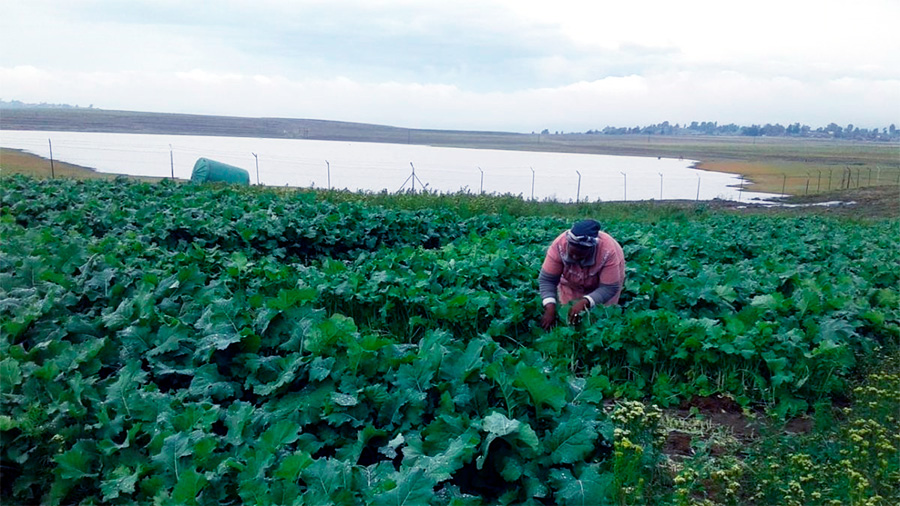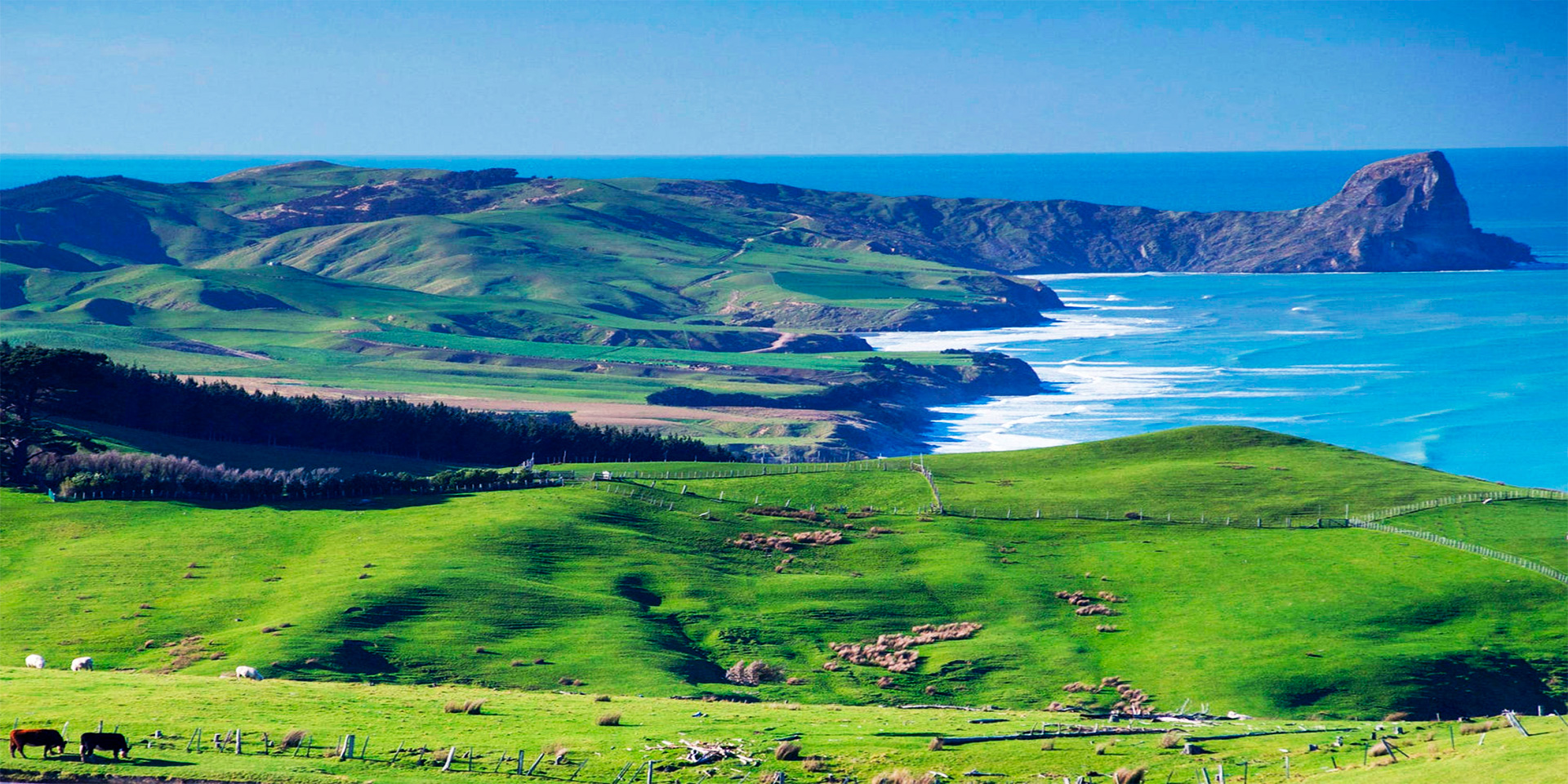Coastal farming offers unique opportunities for cultivating specialized crops and engaging in aquaculture, making it an essential contributor to global food security and local economies. However, it also comes with significant risks, including storms, flooding, and saltwater intrusion, which can disrupt operations and threaten livelihoods. Loans tailored to the needs of coastal farmers play a crucial role in enabling them to capitalize on opportunities while mitigating risks. This article explores the benefits of coastal farming, the challenges it faces, and how loans provide the financial support necessary for sustainable growth.
Opportunities in Coastal Farming
Coastal farming leverages the proximity to marine resources and the unique environmental conditions of coastal regions to produce a variety of crops and seafood. These operations often focus on high-value products, including shellfish, seaweed, and salt-tolerant crops, which thrive in coastal ecosystems.
For example, aquaculture, the farming of fish and shellfish, has become a cornerstone of coastal agriculture. Oysters, shrimp, and seaweed are in high demand globally, providing lucrative markets for coastal farmers. Similarly, crops like coconut and salt-resistant rice are staples in many regions, offering reliable income streams for farmers near coastlines.
Benefits of Coastal Farming
- High-Value Products: Coastal farming supports premium markets for seafood and specialty crops.
- Diversified Income: Combining aquaculture and traditional farming reduces reliance on a single revenue source.
- Global Demand: Rising demand for sustainable seafood and unique crops boosts market opportunities.
- Resilience to Land Scarcity: Coastal farming maximizes the use of available land and water resources.
The unique benefits of coastal farming make it an attractive venture for farmers, particularly in regions with rich marine resources.
Risks Associated with Coastal Farming
Despite its potential, coastal farming is fraught with risks that stem from environmental, climatic, and economic factors. Storms, flooding, and saltwater intrusion are common challenges that can devastate crops and infrastructure, leaving farmers vulnerable to financial losses.
For instance, hurricanes and typhoons frequently impact coastal areas, causing widespread destruction of aquaculture facilities and farmland. Rising sea levels and saltwater intrusion exacerbate these challenges, reducing soil fertility and threatening crop yields. Additionally, market volatility and fluctuating prices for seafood and specialty crops add another layer of uncertainty.
Key Risks in Coastal Farming
- Weather Events: Storms and hurricanes can damage infrastructure and disrupt operations.
- Flooding: Excess water can destroy crops and contaminate freshwater supplies.
- Saltwater Intrusion: Reduced soil fertility and crop viability due to increased salinity.
- Market Volatility: Fluctuating prices for seafood and crops impact income stability.
These risks highlight the need for robust financial strategies and support systems to ensure the sustainability of coastal farming operations.

The Role of Loans in Coastal Farming
Loans are critical for addressing the financial needs of coastal farmers, enabling them to invest in infrastructure, technology, and risk management strategies. Tailored loan programs provide the capital required to establish and expand operations, as well as recover from unexpected losses caused by natural disasters.
For example, a coastal farmer may use a loan to build resilient aquaculture infrastructure, such as storm-resistant cages for shrimp or fish farming. Similarly, loans can fund the installation of drainage systems to manage flooding or support the cultivation of salt-tolerant crops in areas affected by salinity.
Types of Loans for Coastal Farming
- Infrastructure Loans: Financing for aquaculture facilities, drainage systems, and protective barriers.
- Climate-Resilience Loans: Support for technologies and practices that mitigate the impact of climate change.
- Working Capital Loans: Short-term funding for operational costs, such as feed, seeds, and labor.
- Disaster Recovery Loans: Financial assistance for rebuilding after storms or flooding.
By providing access to these specialized loans, financial institutions help coastal farmers manage risks and enhance their productivity.
Success Stories in Coastal Farming
Numerous examples demonstrate how loans have transformed coastal farming operations, enabling farmers to overcome challenges and seize opportunities. These success stories highlight the potential of targeted financial support to drive sustainable growth in coastal agriculture.
Case Study: Resilient Aquaculture in Southeast Asia
In Vietnam, a group of shrimp farmers used climate-resilience loans to build storm-resistant aquaculture cages and install water management systems. These investments reduced losses during typhoon seasons and increased overall productivity, leading to a 25% boost in income within two years.
Case Study: Salt-Tolerant Crops in India
In India’s coastal regions, farmers accessed loans to transition from traditional rice farming to salt-tolerant rice varieties. This shift allowed them to maintain yields despite rising salinity levels, ensuring food security and stable incomes for their communities.
Case Study: Seaweed Farming in Africa
In Zanzibar, women’s cooperatives utilized microloans to expand seaweed farming operations. The loans funded the purchase of farming supplies and supported training programs, enabling the cooperatives to tap into international markets for seaweed-based products.
These examples illustrate the transformative impact of financial assistance on coastal farming, fostering resilience and economic growth.

Government and Private Sector Initiatives
Governments and private financial institutions play a pivotal role in supporting coastal farming through tailored loan programs and subsidies. By collaborating with development agencies and non-governmental organizations (NGOs), they address the specific needs of coastal farmers and enhance access to capital.
Government Programs
Many governments have introduced initiatives to support coastal farming, including:
- Subsidized Loans: Reduced interest rates for farmers adopting sustainable practices.
- Disaster Relief Funds: Financial aid for recovery from storms and flooding.
- Training Programs: Education on best practices for climate-resilient farming.
These programs ensure that farmers have the resources and knowledge needed to succeed in challenging environments.
Private Sector Contributions
Private financial institutions and agritech companies also support coastal farming through innovative solutions, such as:
- Microfinance Programs: Accessible loans for small-scale farmers and cooperatives.
- Partnerships with NGOs: Joint initiatives to fund sustainable projects.
- Technology-Linked Loans: Financing for advanced aquaculture and farming technologies.
These efforts complement government programs, expanding opportunities for coastal farmers worldwide.
Overcoming Barriers to Loan Access
Despite the benefits, many coastal farmers face barriers to accessing loans, including limited financial literacy, high interest rates, and complex application processes. Addressing these challenges is essential to ensure inclusive access to financial support.
Strategies to Overcome Barriers
- Financial Education: Training programs to improve understanding of loan options and repayment terms.
- Streamlined Applications: Simplified processes to reduce administrative burdens.
- Flexible Repayment Plans: Terms aligned with farming cycles and income patterns.
- Community Support: Cooperative models to share costs and resources.
By addressing these barriers, financial institutions can empower more farmers to adopt coastal farming practices.
The Conclusion
Coastal farming offers immense potential for economic growth and sustainable food production, but it also comes with significant risks. Loans tailored to the unique needs of coastal farmers enable them to invest in resilience, adopt advanced technologies, and recover from disasters. By leveraging government programs, private sector initiatives, and community support, coastal farming can thrive in the face of environmental and economic challenges. As global demand for seafood and specialty crops grows, financial support for coastal agriculture will play a critical role in securing its future and ensuring its contributions to global food security.

